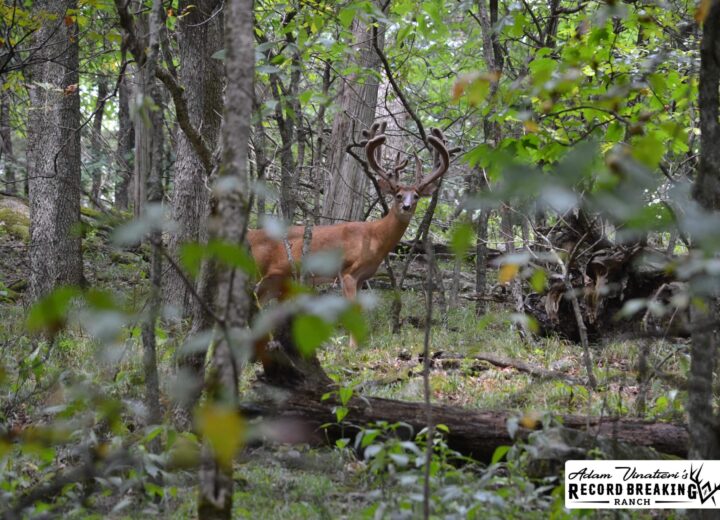
7 Things About Aging Whitetails
Determining the exact age of a whitetail deer in the field can be challenging, but there are some general indicators that hunters and wildlife enthusiasts use to estimate the age of a deer. These age estimates are based on factors such as body characteristics, antler development, and overall appearance. Keep in mind that these are rough estimates, and individual variation can make precise age determination difficult. Here are some general guidelines:
- Body Size:
- Young deer, especially fawns, will have smaller and more slender bodies.
- As deer age, their bodies tend to become larger and more muscular.
- Face and Neck:
- Young deer often have a more angular and slender face.
- Older deer may have a more squared-off face, and their necks may appear thicker and more muscular.
- Antlers:
- Antler development can be a good indicator of age, but it’s not foolproof. Genetics, nutrition, and other factors can influence antler growth.
- Young bucks typically have smaller antlers with fewer points, while older bucks may have larger, more branched antlers.
- Dentition:
- Examining the wear and replacement of teeth can provide some clues about a deer’s age.
- By the age of 2.5 years, most deer will have a noticeable set of permanent teeth.
- Belly Characteristics:
- Younger deer may have a smoother, more tucked-up belly.
- Older deer may exhibit a sagging belly, especially in the hindquarters.
- Behavior:
- Older deer often display more cautious and wary behavior, having learned from experience.
- Younger deer may be more curious and less wary.
- Posture and Movement:
- Older deer tend to move with more confidence and purpose.
- Younger deer may exhibit more erratic or playful behavior.
It’s essential to note that these indicators are not foolproof, and age estimates based on physical characteristics can be influenced by factors such as genetics, habitat quality, and regional variations. Additionally, individual deer within the same age class can exhibit considerable differences in appearance.





